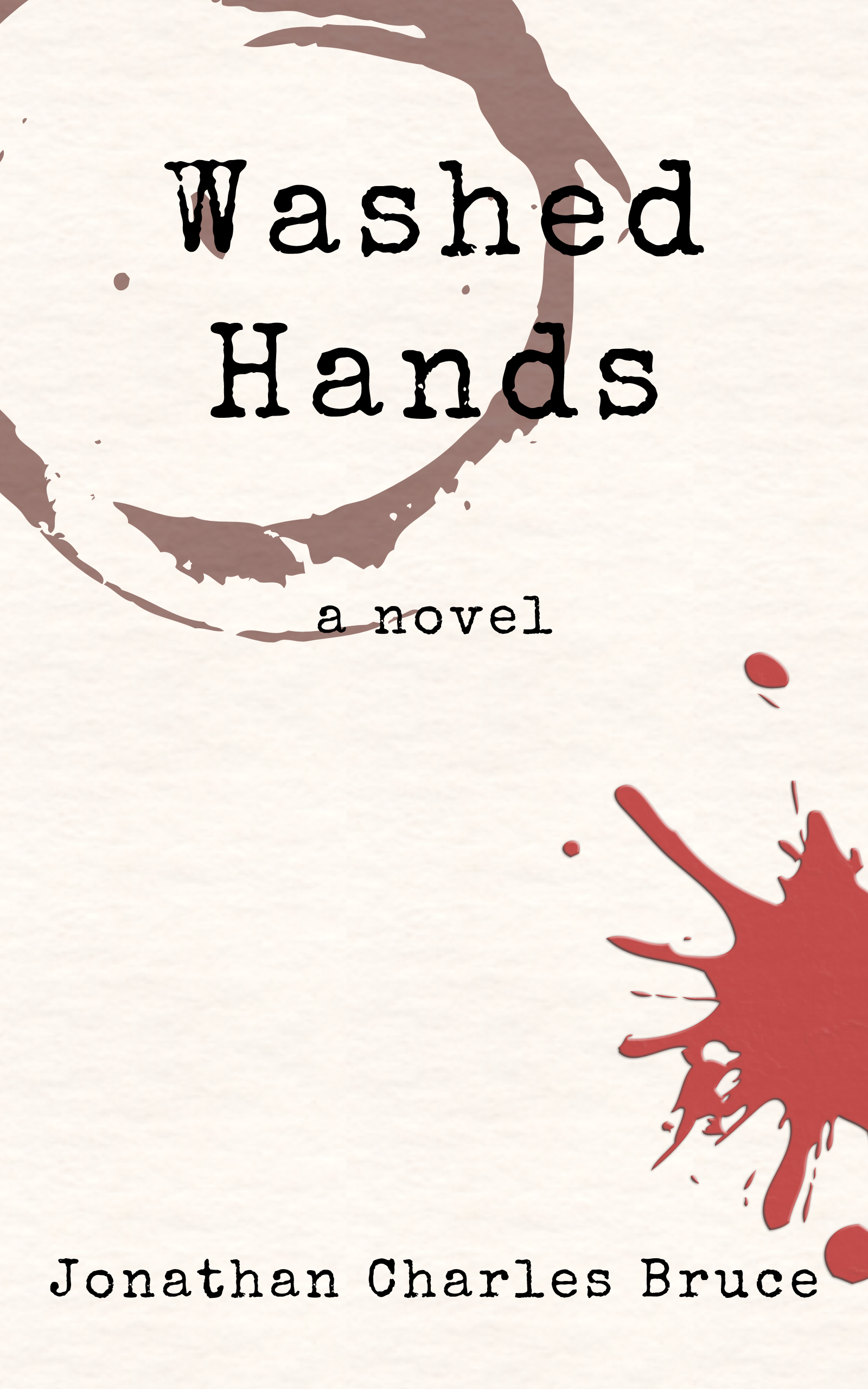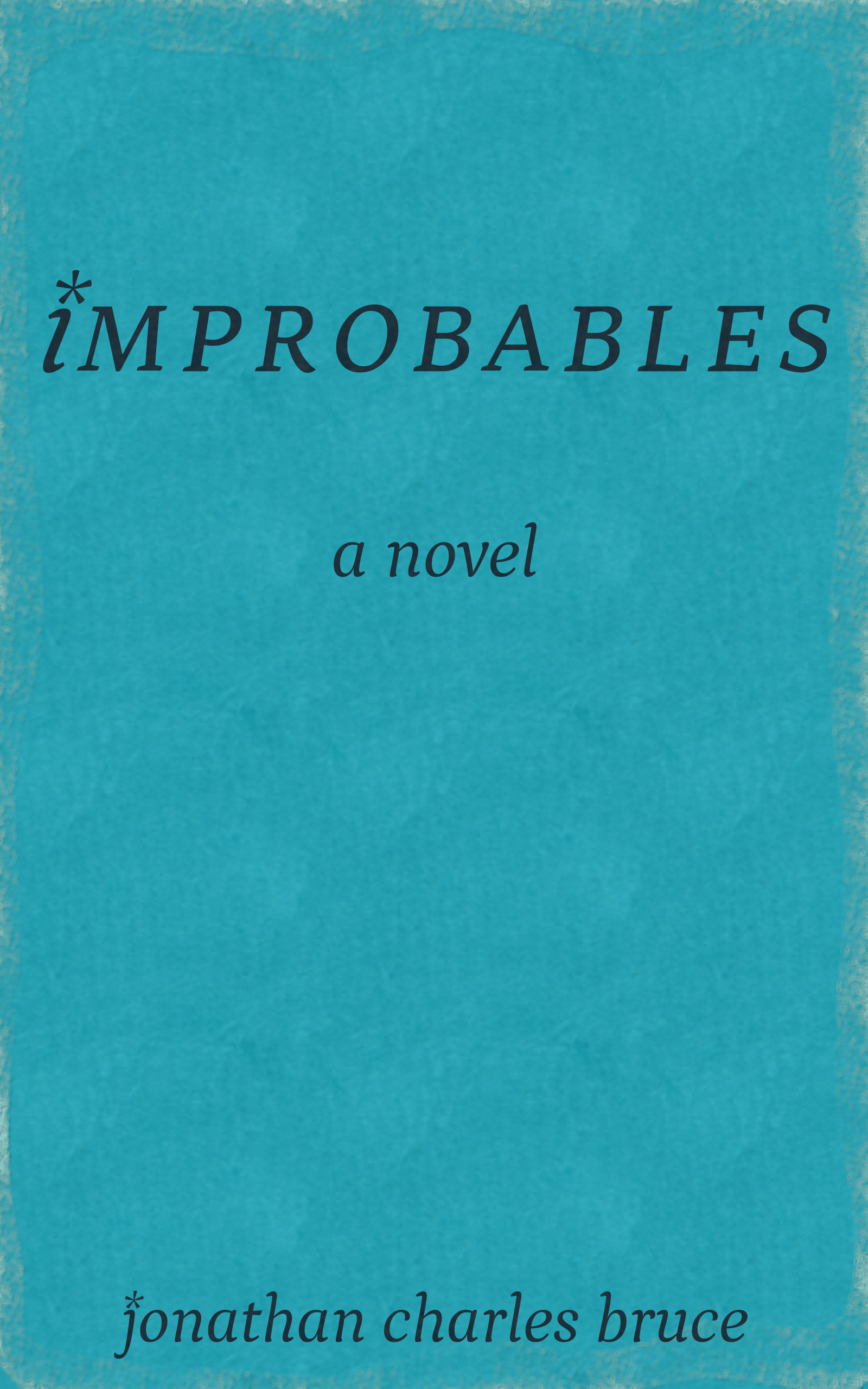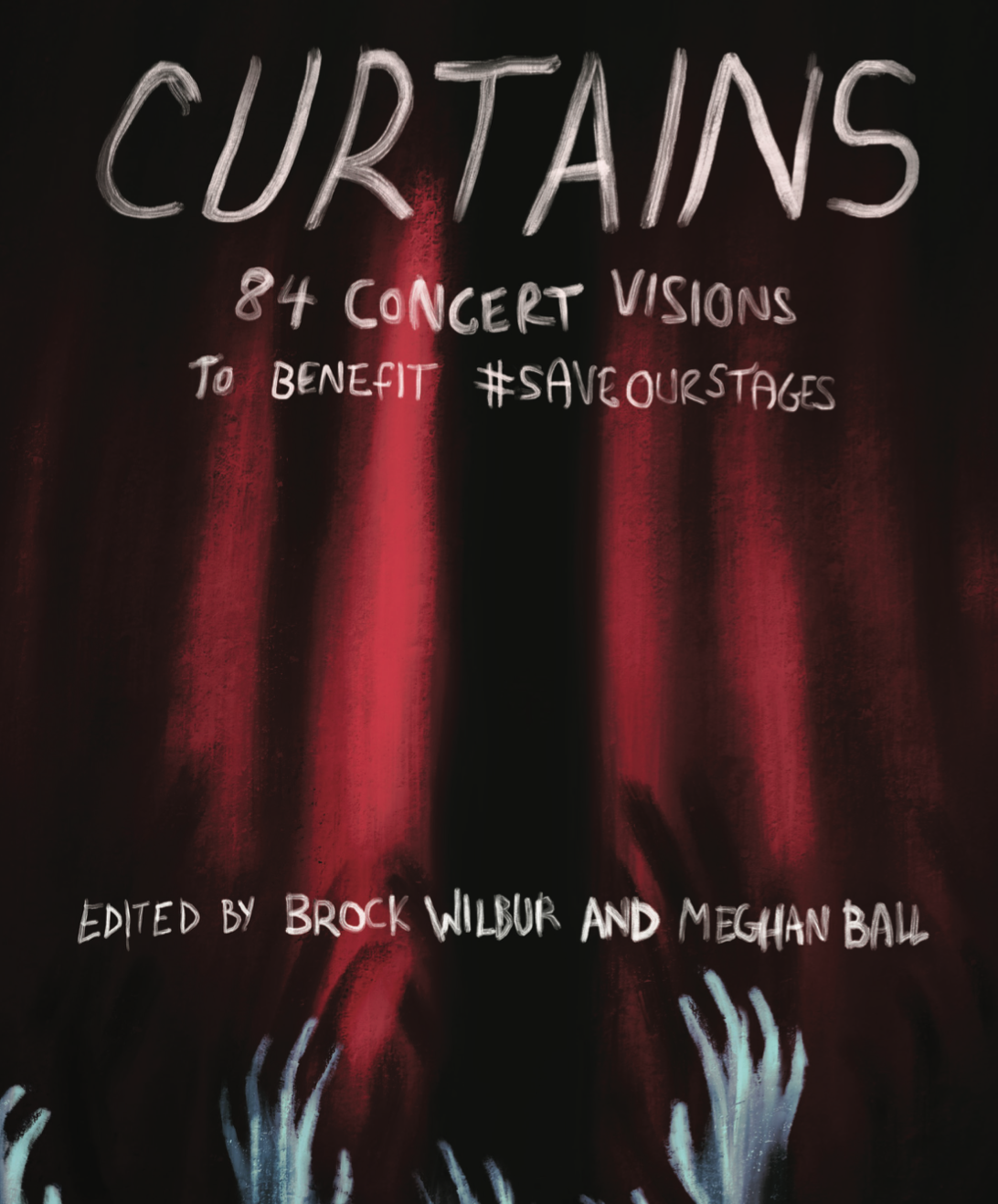Otherworld: Infinite Requiem
Events and Other Bad Things That Happen
Hello, friends and fiends! I have walked you through quite a lot of my board game, so today we’re going to be covering some of the odds and ends that will round out the kind of gaming experience that you can expect! Briefly covered in the reveal was the presence of event cards, Otherworld Phases, and corrupt objectives, so that’s what we’re going to be covering today!
Otherworld Phases
Through any given episode, certain phases are marked in red. Like so:

Down there. At the bottom.Phase Tracker
With the advent of team objectives, the corruption damage incurred is removed to facilitate running about outside and getting into all kinds of shenanigans. You still can’t just go around picking stuff up in the dark, but at least it’s not as punishing as it could be!

A horrible nightmare reality, or Wisconsin weather from September to June.
But then we get to these. The first time you encounter an Otherworld Phase, you must draw one of these cards, which serve to further complicate the situation. This rule change remains in effect for consecutive Otherworld Phases. This means that these events can be one-and-done, or they can upend and entire team objective. The example above is fairly basic in that it provides an additional condition in which corruption damage may occur.
Others may be more… complicated

'Whispering Plague' would be a good name for a band.
In any case, the way that Otherworld Phases may mess with the players can be mechanically-based or targeting table behavior. While players can always see the Otherworld Phase coming, their ability to prepare for the sudden rule shift is minimal.
Corrupt Objectives
(This is kind of an update from what I have written here; the section showcases the fancy cards and a new type of objective!)
As the game progresses, players accrue both physical and corruption damage. Corruption damage is meant to not only represent exposure to the unnatural Otherworld, but also the kinds of decisions players make that compromise their humanity. When enough corruption is accrued, they gain a corruption glyph and must draw a Corrupt Objective, a secret task that involves betraying the other players or play with a limitation on how they operate.

I made the weird ass symbol and dammit I'm gonna use it.
Most corrupt objectives are like this one, where the limitation revolves around the game mechanics no longer working as they should. In this case, a player’s ability to effectively defend themselves is removed until they steal or barter their way into destroying another player’s weapon.
The last playtest we did actually saw this card in action. A player heroically saved another from being ground into paste by a boss monster but had to spend the next turn recovering. At that point, a third player waltzed in, stole the first’s gun, and destroyed it while yelling “I HATE GUNS.”
Amazingly, no one punched me after that.
Not even once.

Is informing the other players that you may only lie, itself, a lie punishable with physical damage? Again, I'm literally trying to destroy friendships.
Other corrupt objectives, again, change the player’s behavior rather than the game rules. In this case, a player is bound from the truth in any form. While this can be circumvented with careful planning, the fact that other players must police you is, itself, a cruelty. The way to undo this, of course, is designed to provoke similar distrust: you roll to determine what happens to another player’s gear when they search. The ideal results for the liar would be destroying the item or stealing it.
Team work makes the dream work!
Events
When one is bumming about Andersonville, one must investigate Hot Spots. There is a small chance that, as a result, an event will trigger. There are two separate event decks—one for indoor and one for outdoor environments. Normally, when an event is triggered, the inciting player must choose someone else at the table to read the card aloud. This is done because events may require some kind of decision—and being able to read ahead kind of spoils that. The only time a triggering player gets to read is if they hit an event in the State Park; in this condition, they get to choose who has to endure the mini-scenario.

Hope you weirdos like references!
This is an example of an interior event which, naturally, occurs when you encounter something indoors. Sometimes the decision you make is also contingent on equipment. In this case, a firearm has an additional outcome since I feel like it would be a natural reaction to a rattling locker in a horror situation.
Events are sometimes helpful and sometimes less so, but all are supposed to be at least kind of weird. Some are even neutral: in the previous example, for instance, the original best situation was a ‘no effect’ and a cat flicking its tail at you (which the internet would tell me is a net positive). In an attempt to re-orient the game to be less punishing to the players, now you get some sweet loot thanks to Mr. Mittens, the consummate professional.
Also, it is a reference to this moment in Silent Hill, so that’s a thing that exists. Additionally, several events tie into a larger meta-narrative, because I am a massive nerd and lore is a thing.

No, this is not a reference to a movie I haven't seen.
The woman in black is a recurring character, her own positionality to the narrative is something that players can either work out on their own or simply not care about. The way you answer her questions is not really meant to convey rightness or wrongness, but to make the best out of a bad situation. Other events with another recurring character tend to be much less generous.

By all accounts, these are very good dogs.
And this is why the locations of events aren’t interchangeable! Animals feature quite a bit in the various things that can happen. In many cases, these are either neutral or positive events. Occasionally, however, animals can and will behave like dicks.
Although there aren’t as many meta-narrative moments like there are in interior events, exterior locations do provide opportunities to create somewhat unique moments throughout the various episodes.

I had to be careful with the description so as to not compel The New York Times to write up a fawning profile of the horrifying pandimensional nightmares calling this place home.
There is an interior event variant of this, but the lose condition is slightly less ‘getting swarmed by angry ghosts’ and more ‘indulge in this breakfast coffee commercial’.
Each of these three categories of cards are designed to make each playthrough of Otherworld: Infinite Requiem unique to that player. Although there are a finite number of cards that can be drawn, the end result is that between the events, phases, and random objectives on top of the main story arc, we have a situation where the narrative plays out in fundamentally unique ways every time.
And I may be lucky enough that people enjoy it to the point where, even when frustrated, they won’t punch me.
Not even once.
< PREVIOUS ENTRY • NEXT ENTRY >
Advice • Fiction • Gaming • General Musings • Reviews





